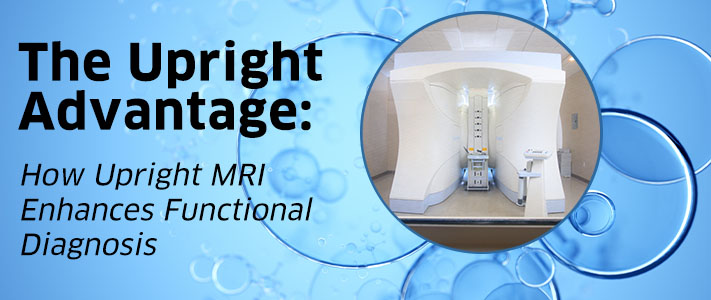It’s an all-too-common scenario: A patient with back pain has an MRI exam. The results come back, and the cause of the problem cannot be found. The patient knows that their doctor is now skeptical since one of the most advanced imaging technologies in existence doesn’t find their problem. But the pain is real. And without a proper diagnosis, the pain can’t be treated.
If you’ve ever experienced something like this, you’re not alone. In fact, it wouldn’t surprise you to learn that traditional MRI has a shockingly high 52% miss rate when it comes to identifying certain spine and ligament damage.
There is an explanation for this. Traditional MRI places the patient in the recumbent (lying down) position as they are moved through the machine during the scan. The only trouble is that the patient may not be experiencing any pain when they are lying down. Maybe the pain is more severe when they are standing, sitting, walking or bending over. No wonder the recumbent MRI can’t find the problem!
The solution is upright MRI, an ingenious approach to magnetic resonance imaging. Upright MRI is very large and completely open in the front. It allows the patient to remain in any position where they are experiencing pain. As a result, the images it generates can now reveal the source of the pain and uncover an injury that cannot be seen with traditional MRI.
The ability to find an injury or problem within the body when doing something other than lying down is referred to as “functional diagnosis.” This same technique is used with ultrasound and fluoroscopic imaging, but before upright MRI, doctors couldn’t achieve a functional diagnosis with an advanced imaging test like MRI. This is important because, unlike ultrasound and fluoroscopy, MRI is capable of visualizing greater detail within the cartilage and ligaments—the soft tissues of the body.
Upright MRI gives doctors the ultimate in clinical flexibility. In addition to being an excellent tool for finding injuries that can be missed with traditional high-field MRI, some conditions, such as craniocervical instability, can only be diagnosed with upright MRI. This rare condition requires imaging of the cervical spine under the weight of a patient’s own head to provide an accurate diagnosis.












